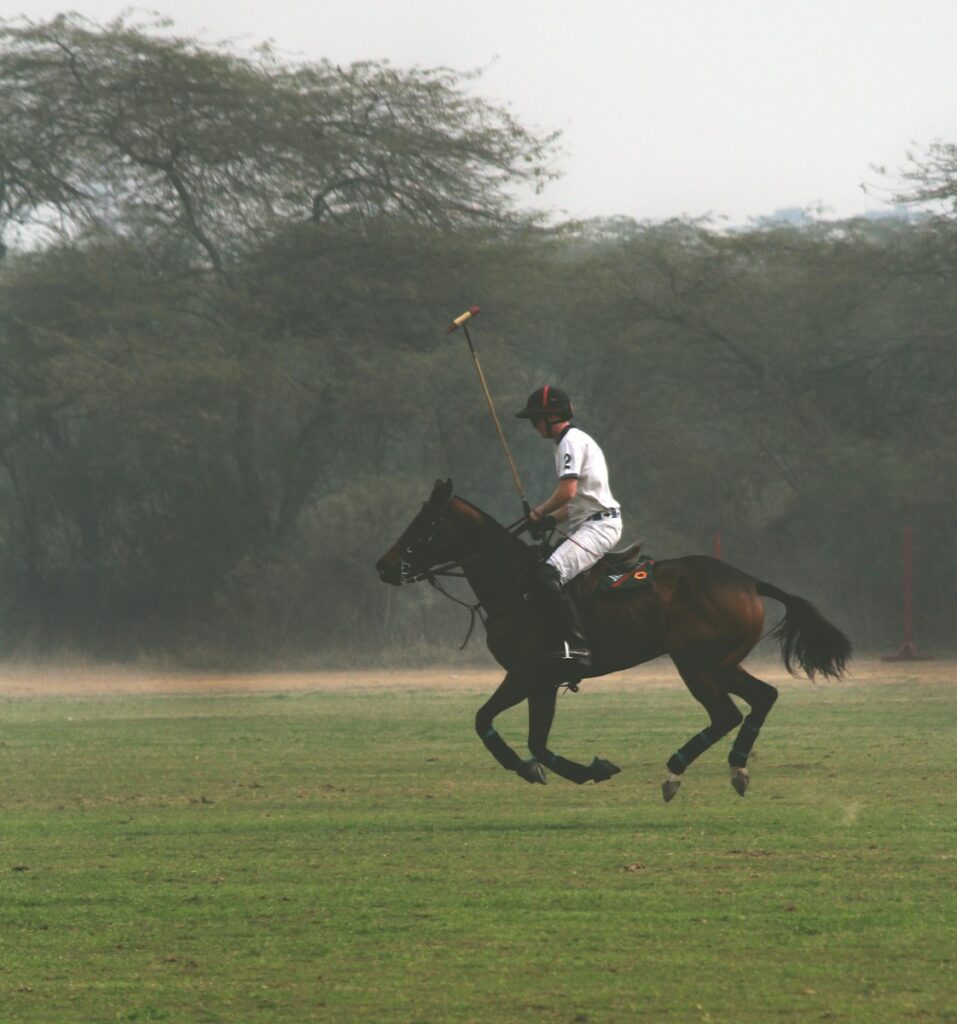In the electrifying world of equestrian sports that demand lightning reflexes, explosive acceleration, and precise maneuverability, the right horse breed can make all the difference between victory and defeat. Polo—often called “the sport of kings”—along with barrel racing, mounted games, and other high-speed equestrian pursuits, places extraordinary demands on equine athletes. These sports require horses with exceptional agility, endurance, intelligence, and the innate ability to make split-second turns while maintaining balance at breakneck speeds. This article explores the most celebrated equine breeds renowned for their agility and performance in these challenging disciplines, examining their distinctive characteristics, historical significance, and the qualities that make them superstars in the arena.
The Argentine Polo Pony: King of the Polo Field
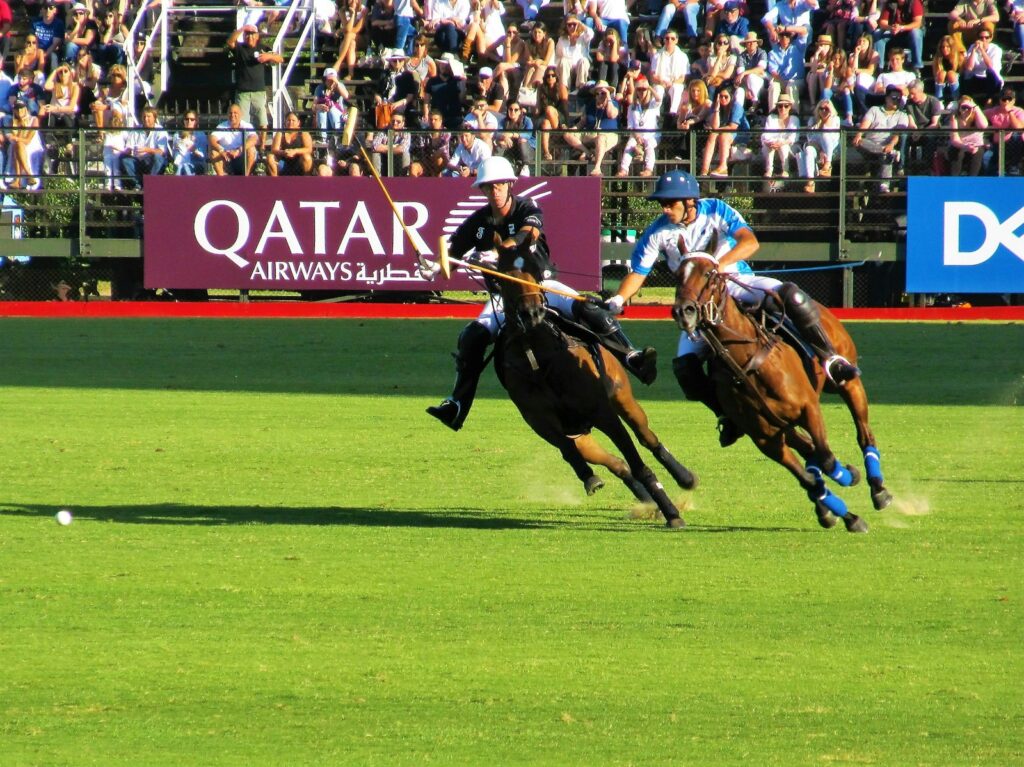
No discussion about agile horse breeds for polo would be complete without first highlighting the Argentine Polo Pony, widely considered the gold standard in professional polo competition. These exceptional athletes aren’t actually a distinct breed but rather a carefully developed type, primarily created by crossing Thoroughbreds with native Criollo horses of Argentina. The result is a compact powerhouse standing between 15.1 and 15.3 hands high, combining the speed and endurance of the Thoroughbred with the hardiness, agility, and cow sense of the Criollo. Argentine Polo Ponies dominate the highest levels of professional polo, with over 70% of horses used in high-goal international tournaments originating from Argentine breeding programs. Their extraordinary ability to accelerate, stop, and turn at full gallop while maintaining perfect balance makes them unparalleled in the sport, with top ponies commanding prices in the hundreds of thousands of dollars.
Thoroughbreds: Speed and Agility from Racing Royalty
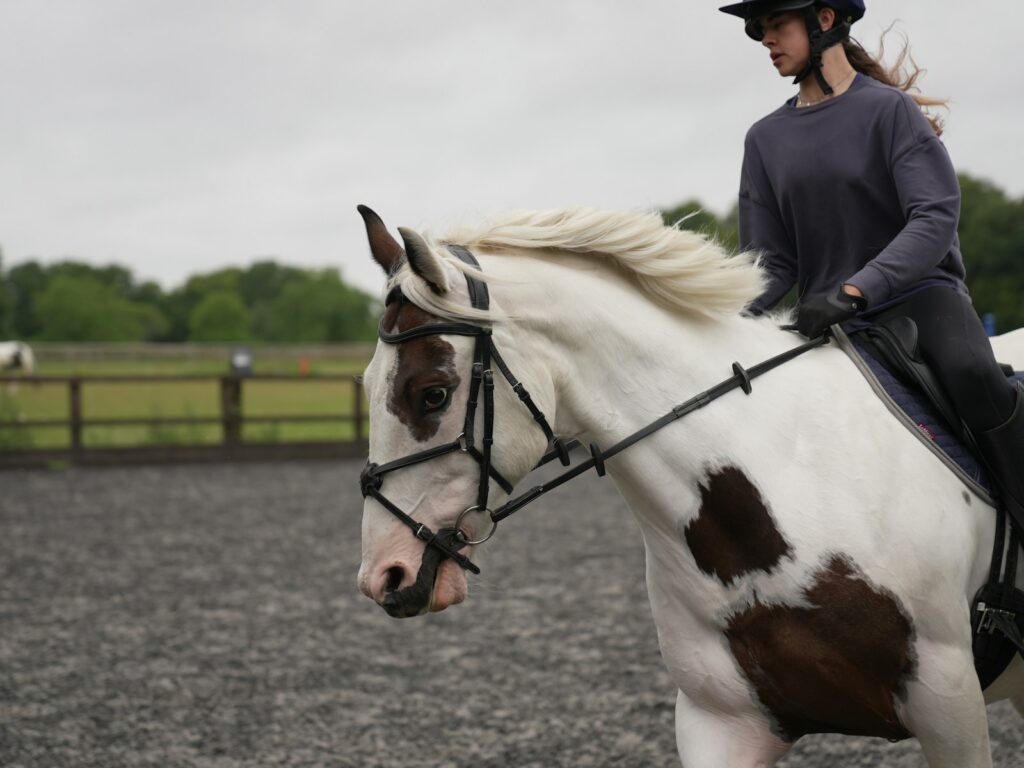
Thoroughbreds have established themselves as exceptional polo mounts, particularly in regions where Argentine ponies are less accessible. These natural athletes bring their racing heritage to the polo field with explosive acceleration, reaching speeds up to 40 mph in short bursts, making them ideal for the long, fast plays that characterize modern polo. Standing typically between 15.2 and 17 hands high, these horses possess the lean muscle mass and cardiovascular efficiency that enable them to maintain high speeds throughout demanding chukkers. Their natural competitive instinct and intelligence allow many retired racehorses to find second careers in polo after their racing days, where their agility can be harnessed for the sport’s quick directional changes. The Thoroughbred influence is so significant in polo that even the premier Argentine Polo Ponies typically carry between 50-70% Thoroughbred bloodlines, demonstrating their importance to the sport’s evolution.
Quarter Horses: The Lightning-Fast Turn Artists
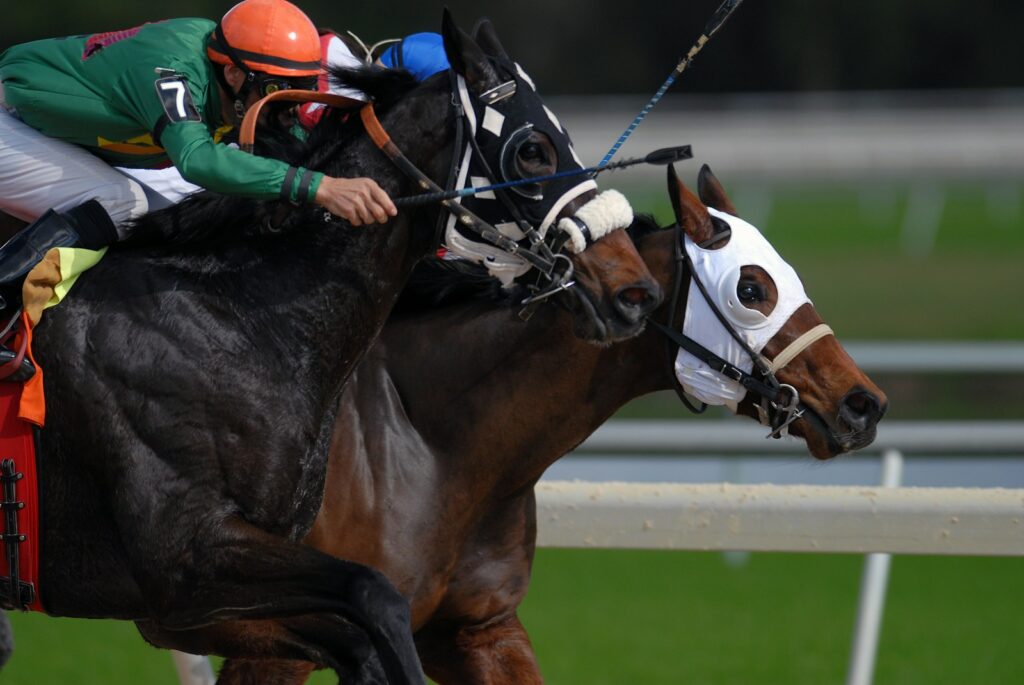
American Quarter Horses have earned their reputation as the ultimate equine athletes for sports requiring explosive acceleration and nimble turns. Originally bred for quarter-mile racing and later refined for cattle work, these compact powerhouses possess a unique muscular structure that enables them to reach speeds of up to 55 mph in short distances—faster than any other horse breed. Their low center of gravity, powerful hindquarters, and innate “cow sense” make them extraordinarily agile, capable of executing the rapid 180-degree turns essential in high-speed sports like barrel racing and mounted games. In polo, particularly in North American circuits, Quarter Horses and Quarter Horse crosses are increasingly popular for their responsiveness and ability to stop and turn with minimal cuing from riders. Their natural athleticism is so well-suited to quick-turning sports that the American Quarter Horse Association recognizes mounted games and gymkhana events as official competitive disciplines for the breed.
Criollo: The Endurance and Agility Champion
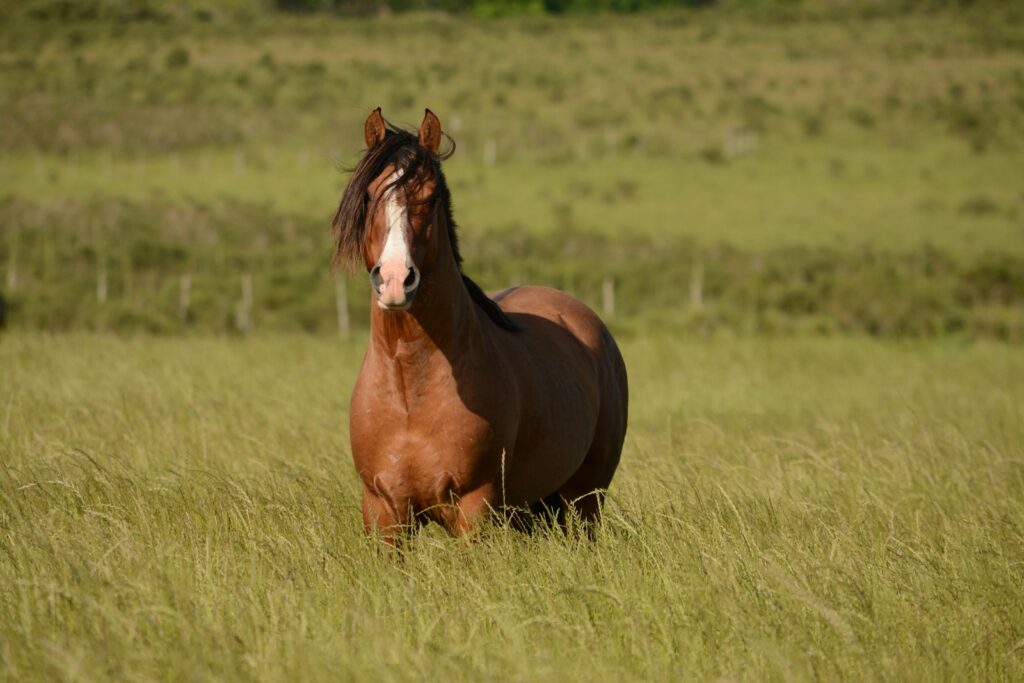
The Criollo horse of South America brings exceptional hardiness and agility to high-speed sports, qualities developed through centuries of natural selection in challenging environments. These compact horses, typically standing between 14.3 and 15 hands high, are celebrated for their extraordinary endurance and ability to perform consistently through long periods of intense activity. The breed’s low center of gravity, strong bone structure, and natural balance make Criollos exceptional at swift direction changes even on difficult terrain. In polo, their contribution to the development of the Argentine Polo Pony cannot be overstated, providing the foundation of agility, intelligence, and hardiness that characterizes top polo mounts. Beyond polo, pure Criollos excel in traditional South American sports like El Pato (similar to horseback basketball) and working equitation competitions that test precision and maneuverability at speed.
Arabian Horses: Endurance and Agility Combined
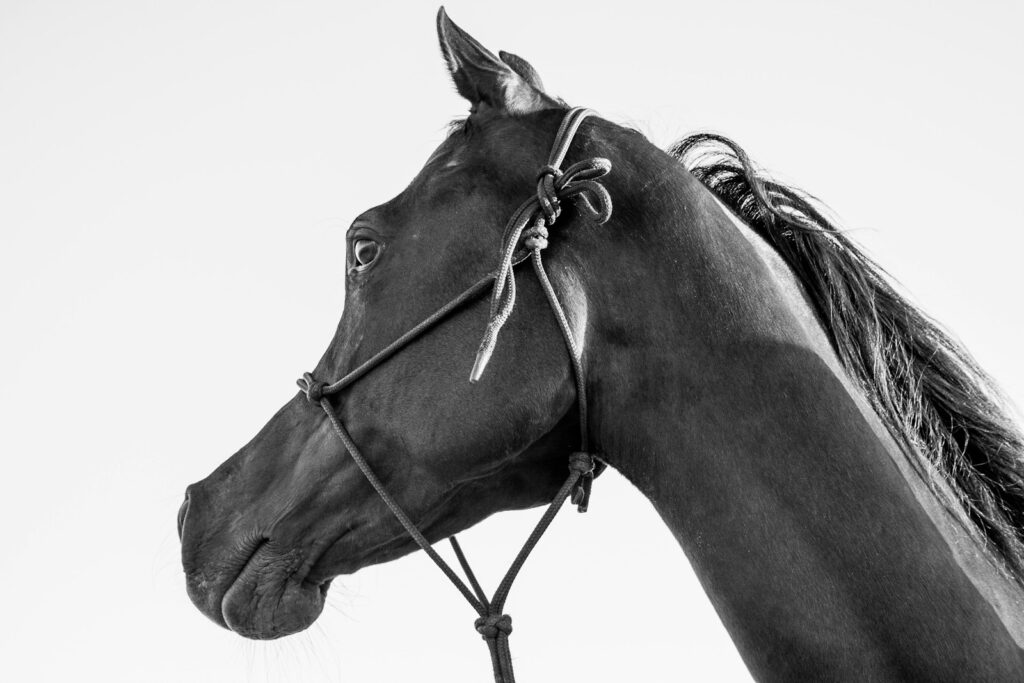
Arabians bring a unique combination of stamina, agility, and intelligence to high-speed equestrian sports, qualities developed through their desert heritage and centuries of selective breeding. These elegant athletes possess distinctive physiological advantages including denser bone structure, efficient cardiovascular systems, and a naturally high percentage of fast-twitch muscle fibers that contribute to their explosive agility. Standing typically between 14.1 and 15.2 hands high, Arabians have a compact frame with naturally good balance and a higher tail carriage that helps them maneuver quickly in tight turns. In polo, particularly in lower and medium goal competitions, Arabian crosses provide exceptional endurance that maintains their agility even in the final chukkers when other breeds might tire. Their intelligence and sensitivity make them highly responsive to subtle rider cues, an invaluable quality in sports where split-second decisions and directional changes determine success or failure.
Appaloosa: Agility with Distinguished Heritage
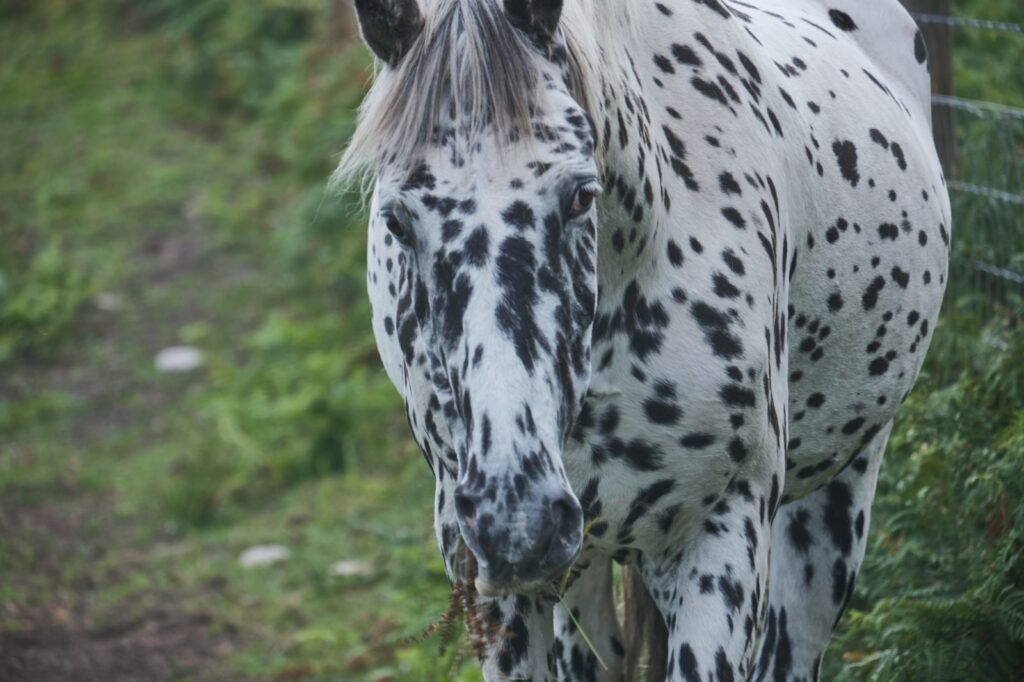
The Appaloosa’s distinctive spotted coat patterns might catch the eye first, but it’s their agility and athleticism that make them valuable contributors to high-speed sports. Developed by the Nez Perce tribe of the American Northwest, these horses were bred for versatility, speed, and stamina—qualities that translate exceptionally well to modern sporting demands. Appaloosas possess strong hooves, dense bone, and naturally sound conformation that contributes to their durability in demanding sports like mounted games and gymkhana events. Their natural athleticism is complemented by an innate horse sense and intelligence that allows them to anticipate movements, particularly valuable in sports requiring tight turns and quick direction changes. In polo, Appaloosa crosses bring hardiness and stamina combined with surprising bursts of speed and the ability to maintain performance throughout multiple chukkers without flagging.
Mustangs: Natural Athletes with Surprising Agility
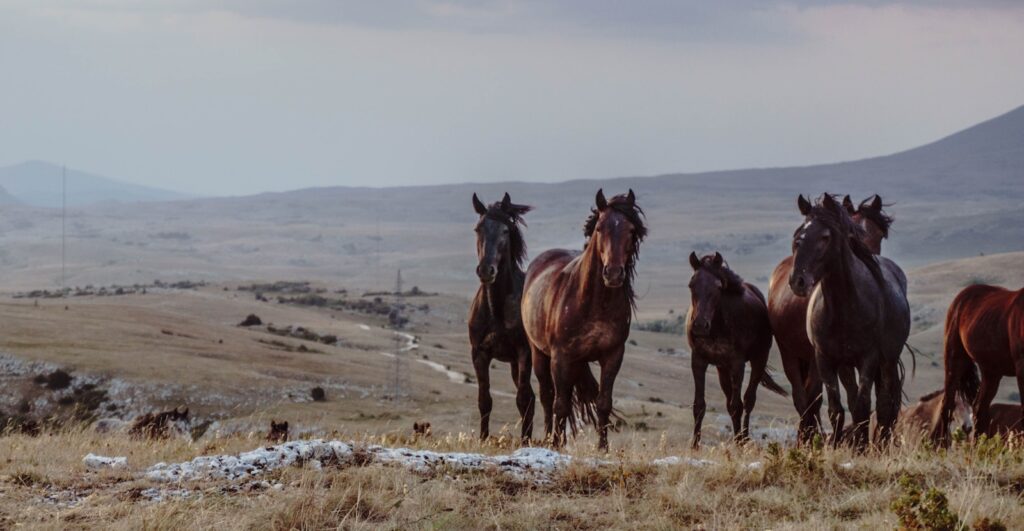
Wild Mustangs and their domesticated descendants bring a natural athleticism and hardy constitution to high-speed equestrian sports that few domesticated breeds can match. These horses, shaped by natural selection in challenging environments, possess exceptional soundness, sure-footedness, and an instinctive agility that makes them surprisingly competitive in sports requiring quick reflexes and adaptability. Typically medium-sized (14-15 hands) with compact, muscular builds, Mustangs have naturally balanced conformation with strong hindquarters that provide the power needed for quick acceleration and tight turns. In mounted games and western performance events, trained Mustangs often outperform more traditionally bred sport horses, particularly in competitions requiring adaptation to changing conditions or unexpected obstacles. Their intelligence and natural wariness translate into heightened awareness during competition, allowing them to react quickly to rider cues and changing situations—an invaluable quality in fast-paced sports.
Anglo-Arabians: The Perfect Hybrid for Agility
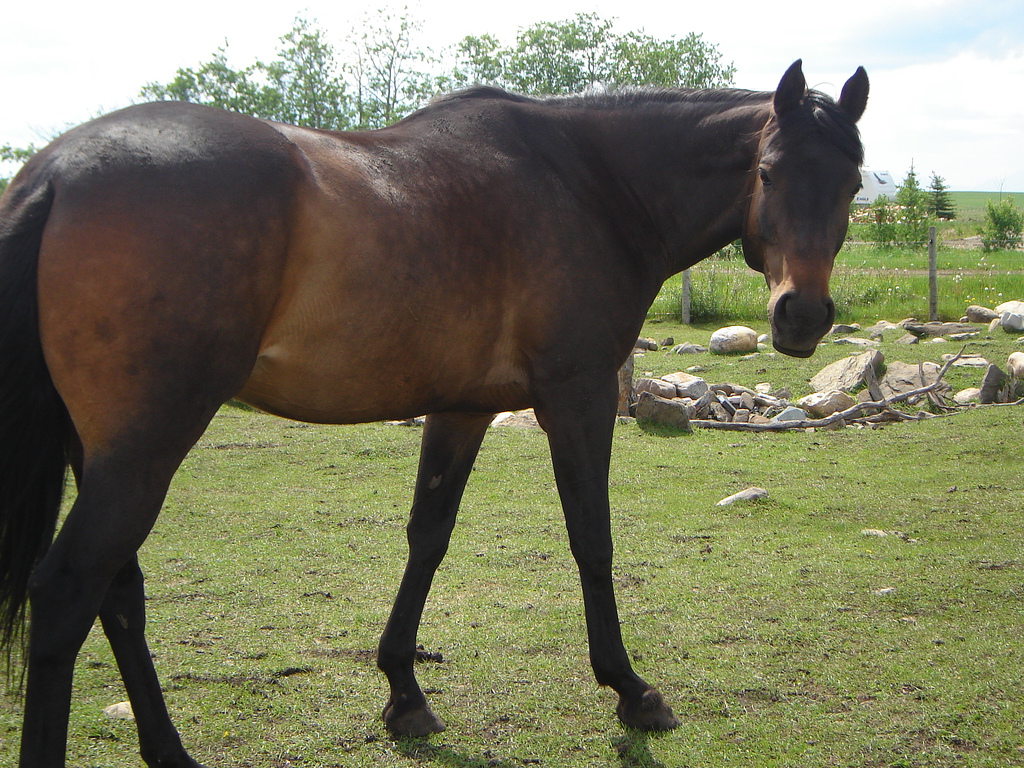
The Anglo-Arabian, a cross between Thoroughbred and Arabian horses, represents one of the most successful sport horse formulas for events requiring both speed and agility. This crossbreeding harnesses the Thoroughbred’s speed and scope while incorporating the Arabian’s endurance, intelligence, and natural balance to create an athlete particularly well-suited to sports demanding quick turns at speed. Standing typically between 15 and 16 hands high, Anglo-Arabians possess more refined bone structure than pure Thoroughbreds but greater substance than pure Arabians, creating an ideal middle ground for the physical demands of sports like polo and mounted games. Their naturally alert temperament and responsive nature make them highly trainable for precision movements, while their hybrid vigor often results in exceptional soundness and durability across long competitive careers. In polo, Anglo-Arabians are particularly valued for their ability to maintain performance throughout multiple chukkers while delivering the bursts of speed and tight turns needed in crucial moments of play.
Connemara Ponies: Surprising Agility in a Compact Package
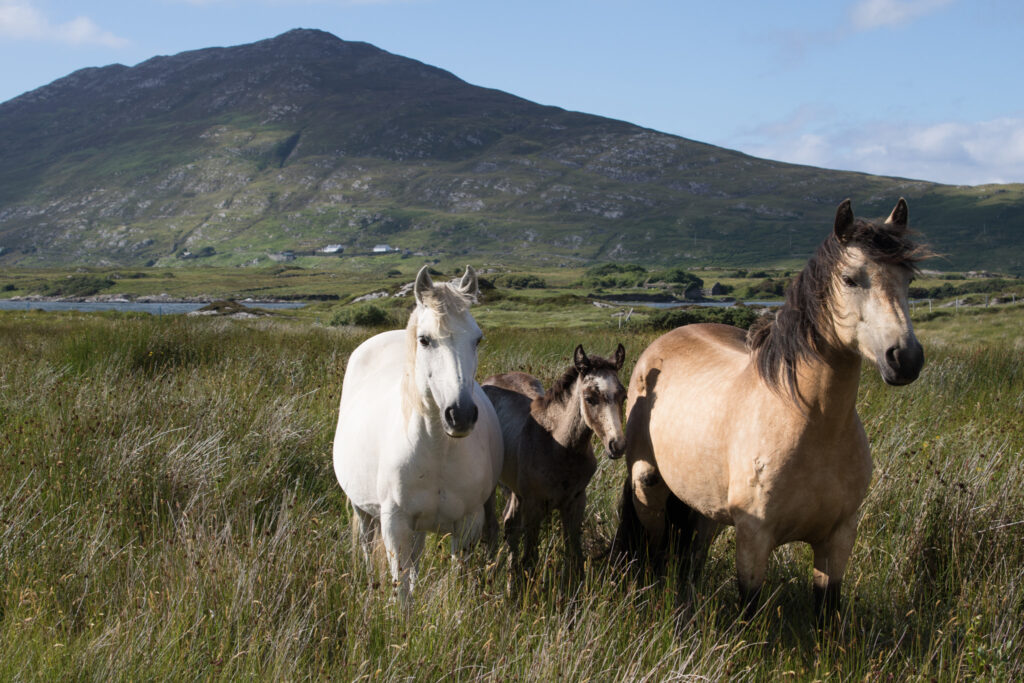
The Connemara pony from Ireland brings surprising power and agility in a medium-sized package, making them increasingly popular for younger polo players and mounted games competitions. Standing between 13 and 15 hands high, these athletic ponies possess a unique combination of strength, stamina, and nimbleness that belies their sometimes sturdy appearance. Connemaras are renowned for their exceptional jumping ability, which translates to the powerful hindquarter strength needed for quick stops and turns in high-speed sports. Their natural surefootedness, developed in the rocky terrain of western Ireland, provides stability during tight maneuvers even on difficult playing surfaces. The breed’s intelligent and willing temperament makes them particularly suitable for developing riders in fast-paced sports, offering responsiveness without the extreme sensitivity that can challenge less experienced equestrians.
Akhal-Teke: Ancient Agility from the Silk Road
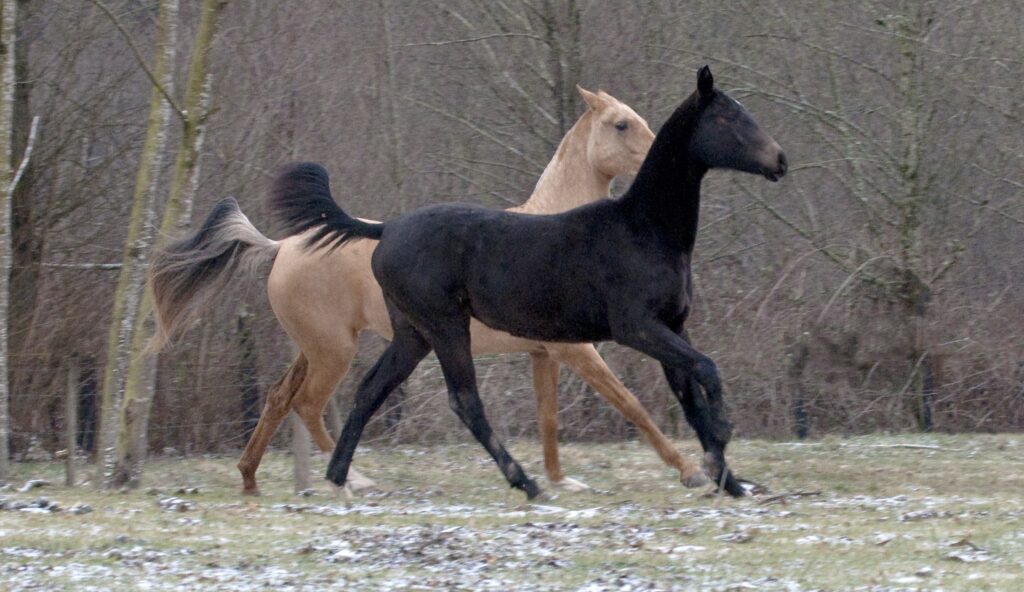
The exotic Akhal-Teke from Turkmenistan brings distinctive athleticism and exceptional agility from one of the world’s oldest surviving horse breeds. These striking horses, known for their metallic coat sheen and distinctive conformation, were developed as desert war horses and raid mounts, requiring both speed over distance and incredible maneuverability. Standing typically between 15 and 16 hands with a distinctively lean, angular build, Akhal-Tekes possess an extraordinary elasticity of movement that allows for exceptional balance during tight turns and directional changes. Their sparse but well-defined musculature is incredibly efficient, giving them surprising power relative to their often slender appearance. In modern sporting contexts, pure Akhal-Tekes and their crosses are valued for their endurance combined with explosive agility, particularly in sports requiring sustained performance over longer periods like full polo matches or extended competition days in mounted games.
Training Techniques for Enhancing Equine Agility
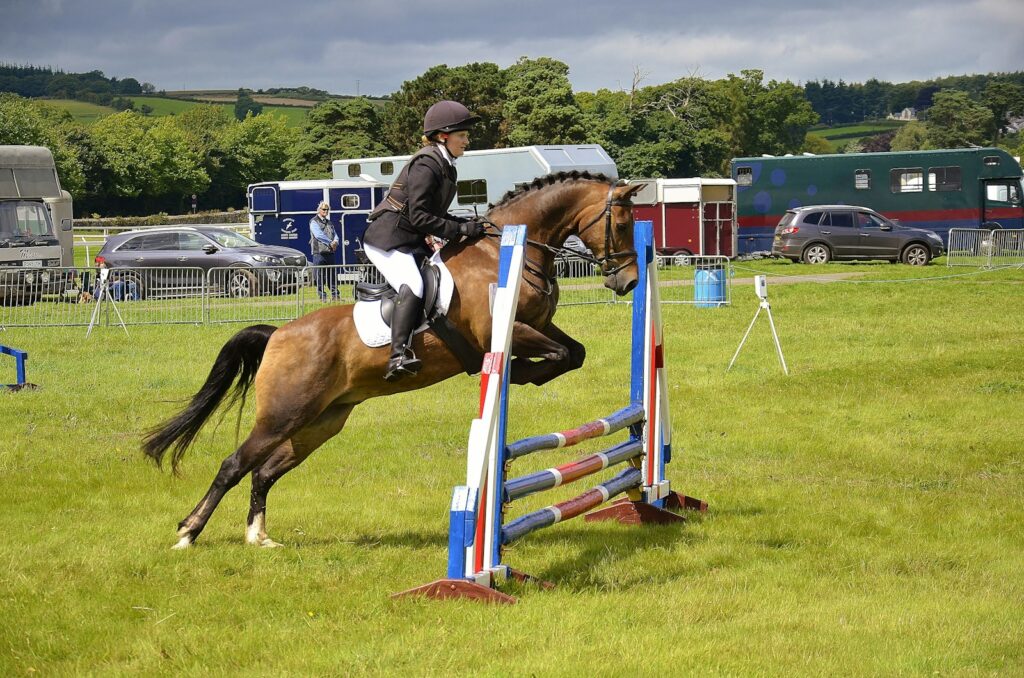
Regardless of breed, specialized training techniques significantly enhance a horse’s natural agility for high-speed sports like polo. Professional polo trainers implement progressive conditioning programs focusing on developing responsive lateral movements, rapid acceleration, and balanced deceleration—skills essential for the sport’s demanding directional changes. Advanced exercises like rollbacks, sliding stops, and figure-eight patterns at increasing speeds help develop the proprioceptive awareness and muscle memory needed for quick, balanced turns. Many top polo programs incorporate elements from western reining training to develop the quick pivots and spins needed for marking opponents and following the ball through tight plays. Cross-training with activities like cattle work can be particularly valuable, as it develops a horse’s ability to anticipate directional changes and respond instantly—skills that translate directly to reading plays developing on the polo field.
Nutrition and Conditioning for Agile Athletes
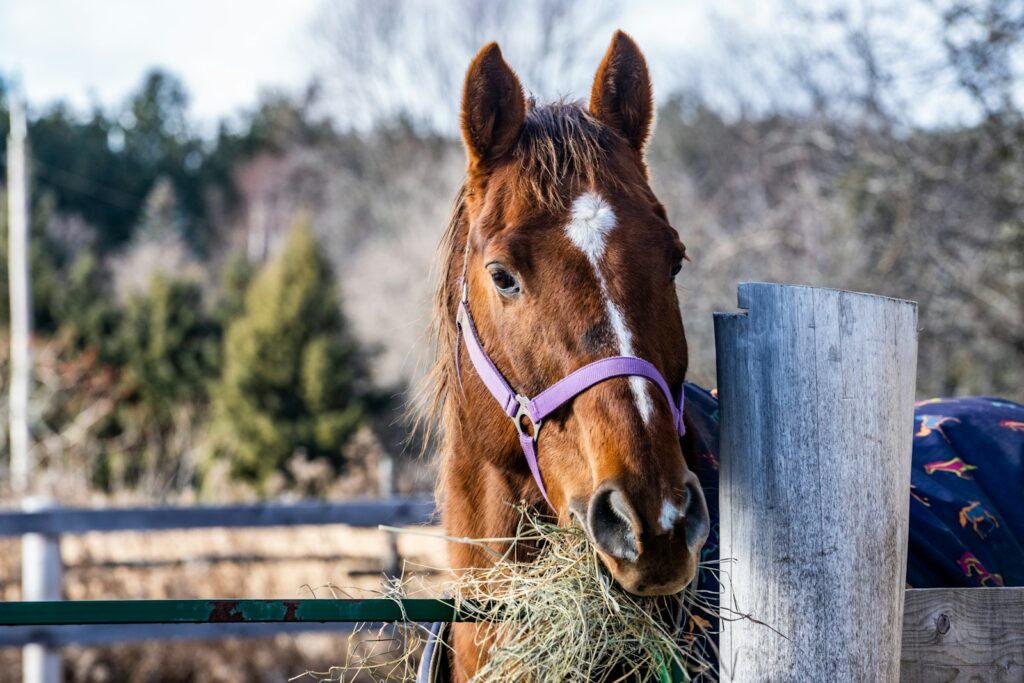
The extraordinary demands placed on horses in high-speed sports require specialized nutrition and conditioning protocols that support optimal agility and recovery. Professional polo ponies typically receive carefully balanced high-energy diets with 8-10% fat content to fuel explosive movements while providing sustained energy throughout multiple chukkers of play. Specific amino acid supplementation, particularly branched-chain amino acids like leucine, isoleucine, and valine, supports the development and maintenance of the fast-twitch muscle fibers essential for rapid acceleration and directional changes. Conditioning programs for these equine athletes progressively build cardiovascular fitness through interval training that mimics the stop-start nature of their sports, with careful attention to recovery periods that prevent muscle fatigue and potential injury. Specialized bodywork including sports massage, chiropractic adjustment, and myofascial release helps maintain the musculoskeletal alignment necessary for the extreme lateral movements and quick pivots these sports demand, extending competitive careers by preventing the repetitive strain injuries common in high-agility equestrian disciplines.
Selecting the Perfect Agility Prospect
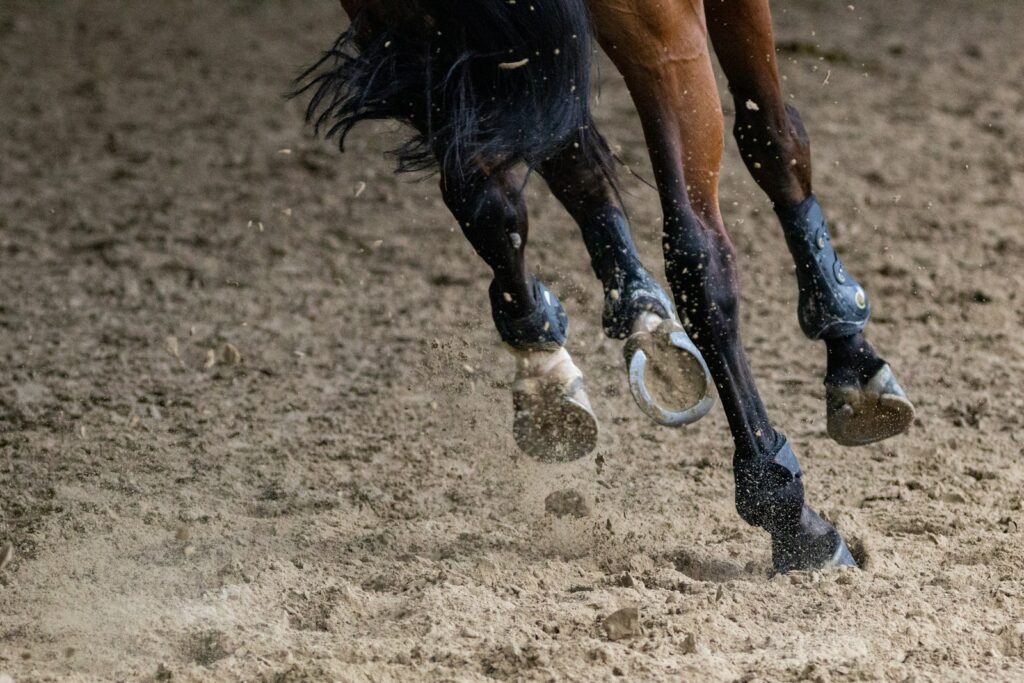
Identifying a young horse with the potential to excel in agility-focused sports requires evaluating both physical conformation and mental characteristics that contribute to high-level performance. Experienced trainers look for prospects with balanced conformation featuring well-developed hindquarters, strong, slightly sloping shoulders, and relatively short backs that facilitate collection and rapid direction changes. Proper joint angles, particularly in the hocks and pasterns, provide the shock absorption and spring necessary for quick movements while reducing injury risk during high-speed maneuvers. Beyond physical traits, the horse’s natural attentiveness, curiosity, and willingness to engage with new challenges often predict trainability for complex agility skills. Movement analysis at liberty can reveal natural balance and coordination, with the most promising prospects demonstrating an innate ability to collect their bodies and change direction smoothly even without rider guidance. The temperament assessment is particularly crucial for sports like polo, where horses must remain responsive and focused amid the chaos of competitive play, with ideal candidates showing both boldness and sensibility in new situations.
Conclusion
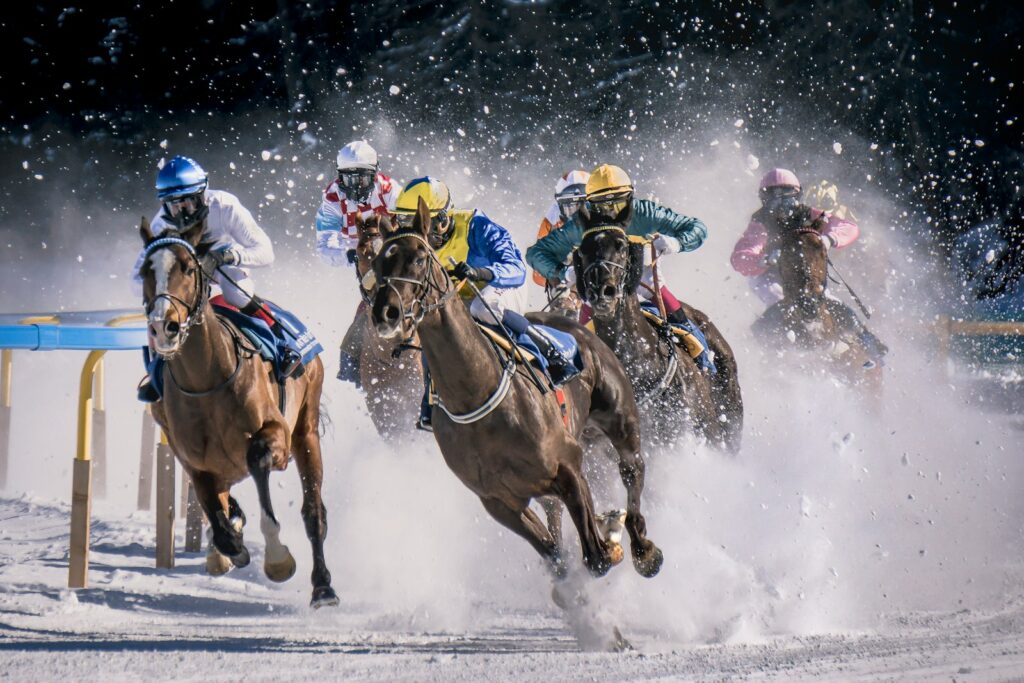
The exceptional agility required for polo and other high-speed equestrian sports has shaped breeding programs worldwide, creating specialized athletes that push the boundaries of equine performance. While the Argentine Polo Pony stands as the pinnacle achievement in purpose-bred polo mounts, numerous breeds bring their unique strengths to these demanding disciplines. From the explosive acceleration of Thoroughbreds and Quarter Horses to the endurance and intelligence of Arabians and Criollos, the diversity of equine athleticism offers options for every level of competition. As equestrian sports continue to evolve, demanding ever-greater performance from their equine participants, these agile breeds will undoubtedly continue to adapt and excel, showcasing the remarkable partnership between horse and rider in some of the world’s most challenging sporting arenas.

